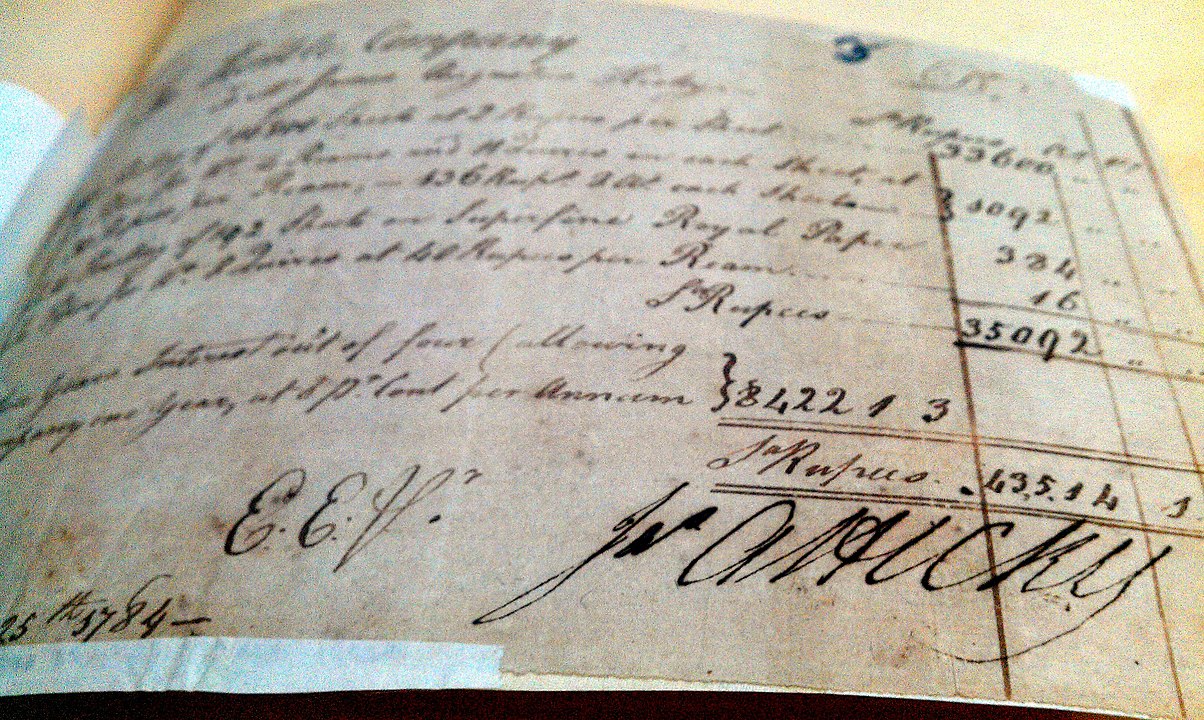James Augustus Hicky launched the first printed newspaper of India, in January 1780, with the name Bengal Gazette. It came to be known as Hicky’s Bengal Gazette.
| Name | James Augustus Hicky |
| Born | 1740 in Ireland |
| Newspaper | Bengal Gazette |
| Year of Launching | January, 1780 |
| Death | October, 1802 |
Early life of James Augustus Hicky
Hicky was born in the year 1740 in Ireland. He moved to London to apprentice with William Faden, a Scottish printer. However, Hicky never took his freedom from the printers’ guild, and preferably acquired a clerkship with Sarjeant Davy, an English lawyer.
At some point Hicky quit his career in law. After a brief struggle training as a surgeon in London, he boarded an East Indiaman as a surgeon’s mate bound for Calcutta in 1772.
Landing in Calcutta, Hicky practiced as both a surgeon and a merchant, shipping and trading goods along India’s coast. By 1776, his shipping business failed as his vessel returned to port with its cargo badly damaged. Unable to convince his creditors, Hicky entered debtors’ prison in October 1776.
While in jail, Hicky got a printing press and types and by 1777 began a printing business from jail. In 1778, Hicky hired Lawyer William Hickey (not related to Hicky) to get rid of his debts and free him from jail.
Hicky’s Bengal Gazette
On 29 January 1780, Hicky started the publication of Hicky’s Bengal Gazette. At first, Hicky kept a neutral editing policy. But when he come to learn about a rival newspaper, The India Gazette, he accused an East India Company employee, Simeon Droz. He accused him of helping the India Gazette’s editors because he(Hicky) had refused to pay a bribe to Droz and Marian Hastings, Warren Hastings’ wife.
In revenge for Hicky’s complaint, Hastings’ Supreme Council forbid Hicky from mailing his newspaper through the post office. Hicky declared Hastings’ order violated his right to free expression and accused Hastings of corruption, tyranny, and even erectile dysfunction.
Hicky also accused other British leaders in Calcutta of corruption, including the Chief Justice of the Supreme Court of Judicature at Fort William, Elijah Impey, and the leader of the Protestant Mission, Johann Zacharias Kiernander.
Hicky’s editorial independence was short-lived as Hastings and Kiernander accused him of lying. After four dramatic trials in June 1781, the Supreme Court found Hicky guilty and sentenced him to jail. Hicky continued to print his newspaper from jail and continued to accuse Hastings and other of corruption.
He was finally shuttered when Hastings started fresh lawsuits against him. Hicky’s Bengal Gazette stopped publication on 30 March 1782 when its types were seized by an order of the Supreme Court.
Later life of James Augustus Hicky
Hicky was released from jail about Christmas 1784, when Warren Hastings, about to leave to England to face impeachment, released his debts. Little is known about Hicky’s later life, except that his health was ruined after three years in jail, and that he lived in poverty. Hicky died on a boat to China in October 1802.
Legacy
Although his newspaper was disliked by the then Governor-General of India, Warren Hastings, Hicky paved the way and inspired multiple Indians to start newspapers.
Hicky’s printing office was the training ground for many later printers who went on to found their newspapers, leading to a vibrant newspaper scene in Bengal. No images of Hicky remain to this day. However, his signature and handwriting can be found on old documents.
>>>Read about History of Printing Press in India


2 thoughts on “James Augustus Hicky – First Indian Newspaper Founder”